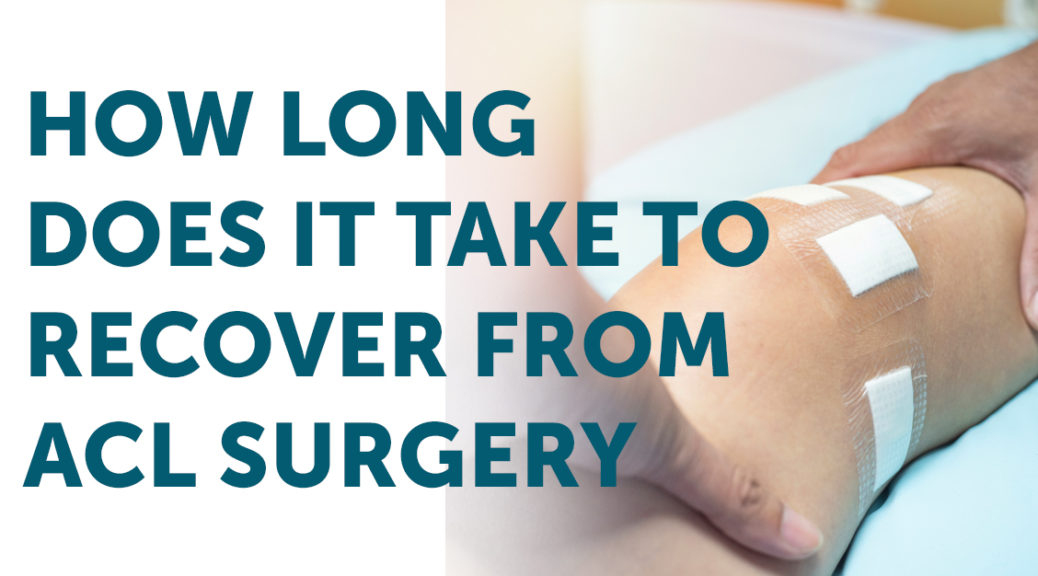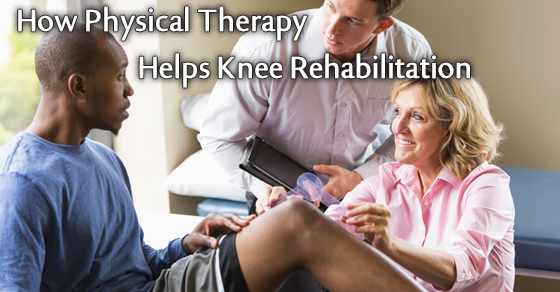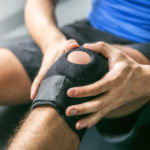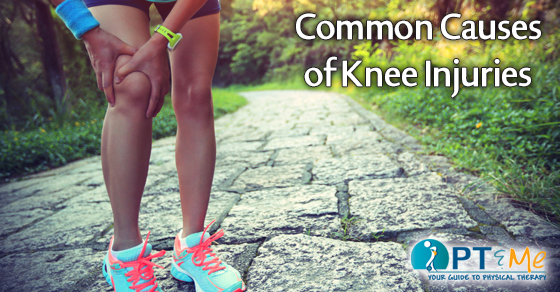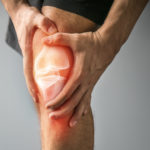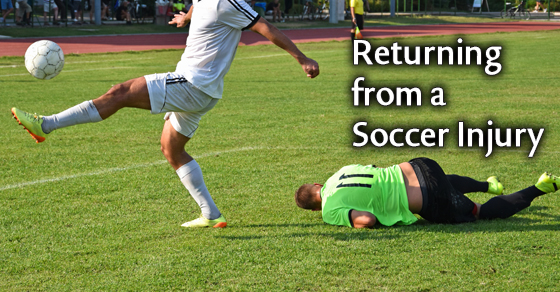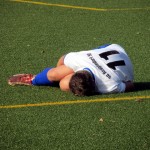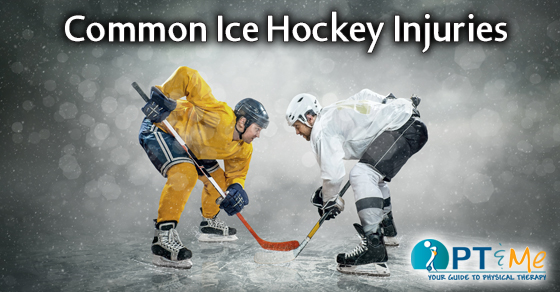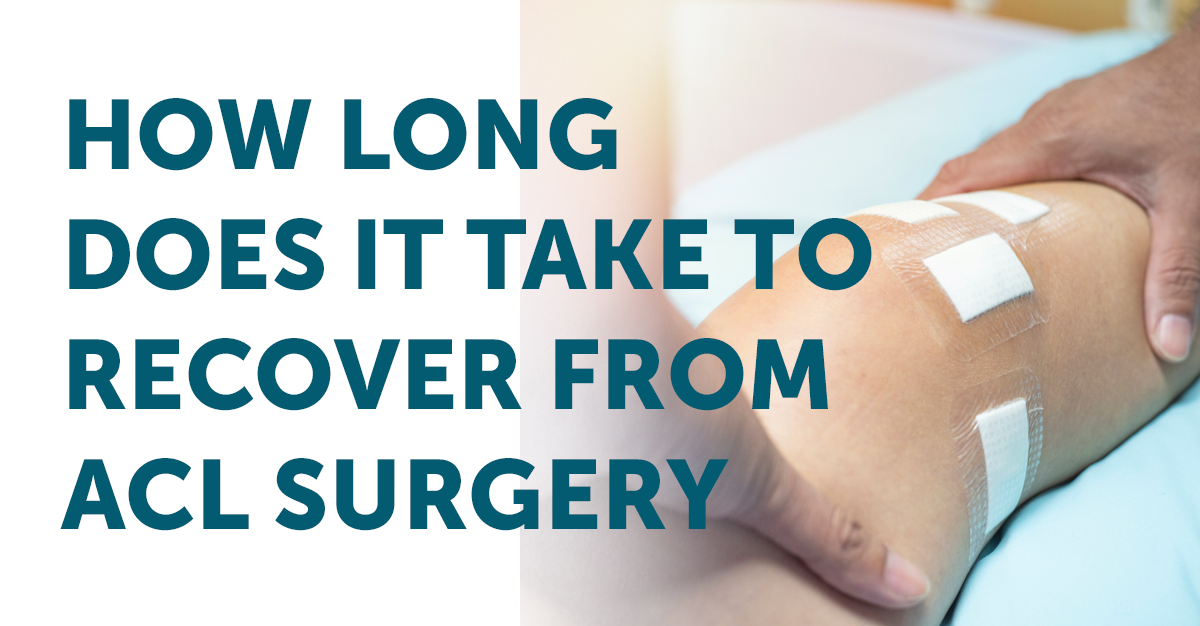
WHAT IS THE ACL?
The knee is essentially a hinged joint that is held together by four ligaments. They include the medial collateral (MCL), lateral collateral (LCL), anterior cruciate (ACL) and posterior cruciate (PCL) ligaments. The ACL runs diagonally in the middle of the knee, preventing the lower leg from sliding out in front of the thigh, as well as providing rotational control to the knee. More information about how ACL tears can be found in our injury center
How long does it take to recover after ACL Surgery?
Though everyone is different we’ve compiled a standard rehabilitation program so you know what to expect in your recovery from ACL surgery.
Pre-operative Phase
Goals: Decrease Pain & Effusion
- Restore normal Range of motion (ROM), especially extension
- Improve strength and neuromuscular control,
combat quadriceps shutdown - Support patient education
Post-operative (Day 1-7)
Goals: Full Passive Knee Extension
- Decrease pain and effusion
- Increase knee flexion and restore patellar mechanics
- Progressive gait
- Improve muscle function including quadriceps control
Post-operative (2-4 weeks)
Goals: Keep Full Extension
- Increase flexion
- Abolish swelling
- Establish good patellar mobility
- Maintain single limb stance with slight knee flexion 15+ secs
Post-operative (4-10 weeks)
Goals: Push for Full ROM
- Increase quadriceps strength to 4 to -4/5 (60-65% of contralateral side)
- Increase proprioception and neuromuscular control
- Increase endurance
- Increase confidence
Post-operative (10-16 weeks)
Goals: Work to Normalize Strength and Increase Power Along with Endurance, Increase Neuromuscular Control, Progress Functional Training
- Initiate a running program
- Continue strengthening
- Continue neuromuscular training
- Progress all exercises
Post-operative (16-22 weeks)
Goals: Full Active Range of Motion (AROM), Passive Range of Motion (PROM), Functional Test of 90% SL Hop and SL Cross-Over Hop, Proprioceptive Test 100%, Functional Strength Test of 85% Quads and 100% Hamstrings
- Continue with strengthening exercise, proprioceptive training/neuromuscular drills, plyometrics, and sport-specific training.
- Functional strengthening program consists of a series of CKC exercises, strengthening is performed in 3 planes of motion at all joints, functional profiles are developed for all patients based on their findings during the evaluation process.
If you have experienced an ACL tear and are looking for post-operative care, you can easily find a physical therapy clinic near you by clicking the button below. By scheduling a visit before ACL surgery you can meet your therapists and they can give advice on how to help you recover from ACL surgery as smoothly as possible.

